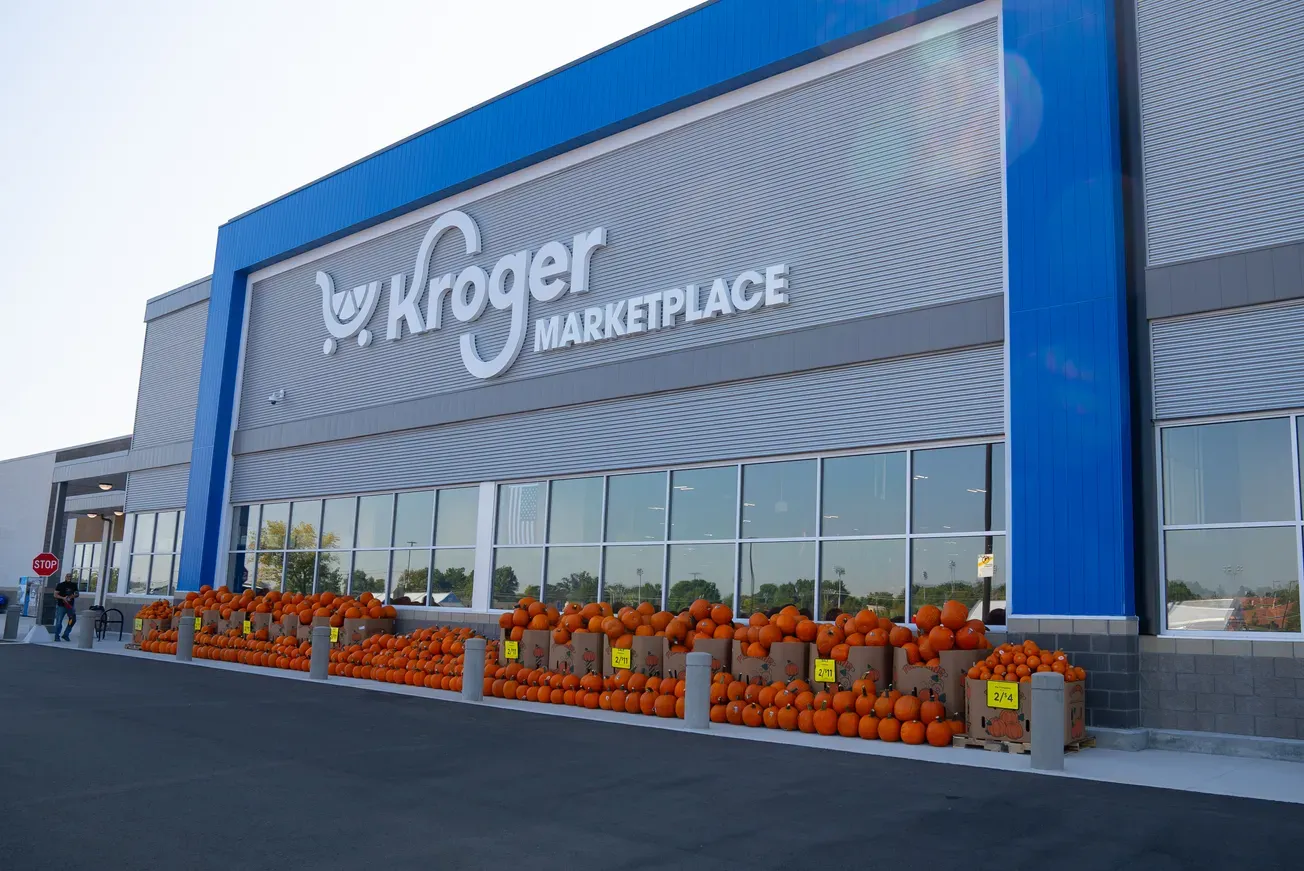
Brian Owens
Americans’ relationship with health today is markedly different from what it was a few years ago. Shaped and modernized by changes in technology, society and the economy, this relationship continues to change at an increasingly rapid pace, creating new health realities for businesses.
A 2017 Global Monitor study found that 82% of global consumers agree that “too many conflicting ideas about what’s actually good for you” is somewhat of a barrier to leading a healthy lifestyle. Although the idea of not knowing what is good for us is troubling, the underlying challenges of cost, adherence, primary care, transparency and access that plague the U.S. health care system are why big tech companies such as Amazon are attempting to improve how health is delivered today.
In every endeavor it pursues, Amazon’s sole focus is to build solutions that align with the customer’s preferred way of doing things. Amazon is a technology company first, a retailer second and a media company third. As a tech company, the amount of data it collects is extraordinary. As a retailer, it provides shoppers with a broader way to solve problems. As a media company, its platforms keep the Emmy-winning entertainment brand engaging and fun. As Amazon wedges its way into health care, these core competencies are pressuring competitors to refocus their health care strategy and forcing the health care industry to concentrate less on profit and more on patients.
Amazon’s new approach to health care
By 2025, we expect more general practice medicine will occur at retail stores than in doctors’ offices, mainly due to the shortage of primary care professionals in U.S. The U.S. health care system still has not made primary care easier to access, insurance benefits simpler to understand, or health goods and services more affordable. Amazon’s ability to solve problems in nontraditional ways makes the tech company’s recent health care moves significant.
In March 2019, Amazon named 14-year executive Nader Kabbani to head its new pharmacy initiative, with the entire PillPack team reporting to him. PillPack, which Amazon acquired in 2018 for $800 million, packages and delivers medications in presorted doses, coordinates refills and renewals, and ensures shipments are sent on time. Kabbani has no pharmaceutical or health care background but has considerable experience in supply chain logistics from serving as vice president in Amazon’s logistics and Flex businesses.
Amazon made an even bigger splash in January 2018 when it announced that it was teaming up with Berkshire Hathaway and JPMorgan Chase to address the problem of rising health care costs and the lack of improvement in care. In response to that news, stock prices fell for CVS Health, Walmart, Cardinal Health and Express Scripts.
The nontraditional venture is called Haven Healthcare and is headed by well-known physician and best-selling author Atul Gawande. Writing on the company’s website, Gawande said that the leaders of the three companies started Haven because of their frustration over “the quality, service and high costs that their employees and families have experienced in the U.S. health system. They believe that we can do better, and in taking this step to form this new organization, they have committed to be part of the solution.”
Behind the scenes, Amazon chief executive officer Jeff Bezos, Berkshire Hathaway CEO Warren Buffett and JPMorgan Chase CEO Jamie Dimon are pushing to do something to improve the $3.5 trillion health care industry. Even if Haven doesn’t do very much, it has already done a lot. Just the fact that these three companies from different industries have come together speaks volumes about the state of health care today and the need to transform it.
An open question is whether Amazon will apply its “backward” approach to problem solving here. Amazon’s first step in solving a business problem is actually the last one, the press release. The Amazon product manager starts by writing a press release announcing the finished product. The press release targets the end-customer and contains information about the customer’s problem, how current solutions are failing and why the new product will address this problem. As Amazon creates its future press release for retail health — and to build more trust and credibility as a health provider — it will need help understanding how to better connect shopper lifestyles to health and beauty buying behaviors.
Amazon as a key channel for retail health and beauty
The aggregate purchasing power of Amazon Prime members is now the second-largest economy in the world (behind China), according to ShopperScape data. What’s more, the Prime ecosystem fundamentally changes shopping behavior. ShopperScape data indicates that 10% of Prime members shop Amazon daily.
As an online retailer, Amazon has accumulated so much data that many shoppers, both online and offline, consider it a go-to source for product information. According to Kantar research, 56% of all searches start on Amazon. That provides another revenue opportunity for Amazon and a strategic opportunity for health and beauty brands to convert more online shoppers. Amazon’s U.S. sales of health and beauty products were expected to reach $16 billion in 2018, up 38% from 2017.
In another health-related area, Amazon is actively looking for and promoting exclusive over-the-counter medications. Recently, Aurohealth’s Primary Health became the fourth Amazon-exclusive O-T-C medicine brand, joining Perrigo’s Basic Care, Bestco’s SoundHealth and PL Developments’ Wellness Basics (see Figure 3). Like other exclusive Amazon brands, Primary Health products are now being promoted in Amazon search results as Top Rated From Our Brands.
As part of the Amazon Accelerator program to grow its portfolio of private brands, Amazon is offering marketing services similar to these promotional placements to help give Amazon exclusives a boost.
An Amazon-exclusive brand of home blood monitors called Choice also launched recently. In beauty, Amazon just launched an exclusive skin care line called Belei. In addition, Amazon is ramping up its business-to-business health care sales efforts, which it says are seeing “rocket ship” growth.
However, if Amazon wants to maximize its self-care value with Prime members, it must work harder in the short term to find new ways to reach unengaged Prime members who may not know that Amazon has a solution for their health and beauty needs.
Next steps
Amazon does not have all the answers to improve health care and cannot do it alone. Its entry into health care provides a unique opportunity for suppliers to differentiate their business models, expand categories, enter new verticals and reinvest in new insights to drive substantial growth.
We can help suppliers by providing relevant health and wellness insights into shoppers, retailers, Amazon and other market opportunities:
• Shopper: We can help broaden suppliers’ understanding of how shoppers are looking for health-related products and services.
• Retailer: We can help identify “health anxious” shoppers and explain why they are more likely to shop at convenience stores, dollar stores, Walmart and Amazon for their immediate health care needs.
• Digital: We can help suppliers understand the Amazon ecosystem and help them better plan, partner and convert more digital-conscious health and wellness shoppers.
• Pharma: We can help pharmaceutical companies understand new opportunities for collaboration beyond the pharmacy, so they can improve patient adherence and outcomes.
Brian Owens is vice president of retail insights at Kantar.




